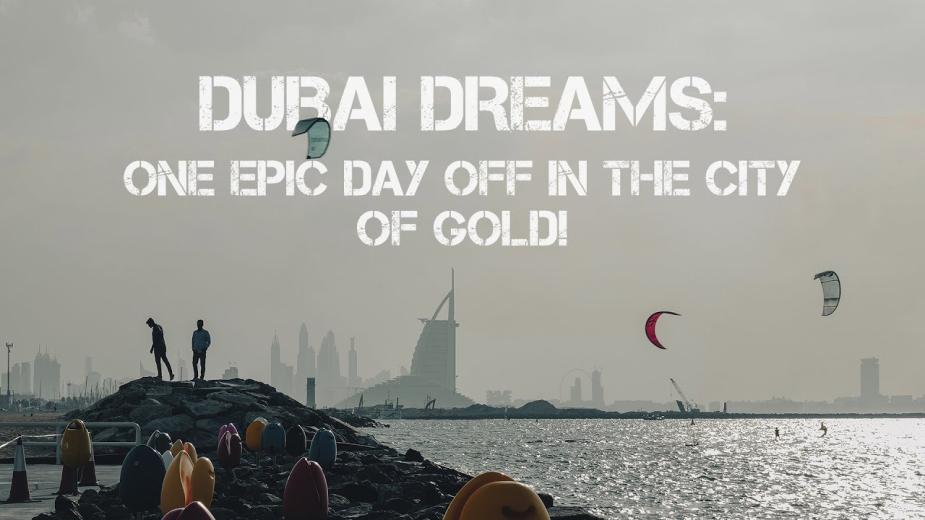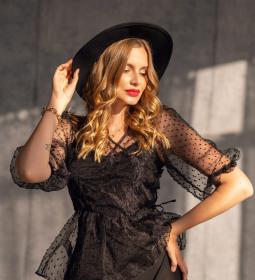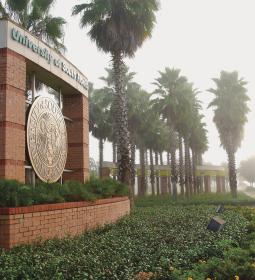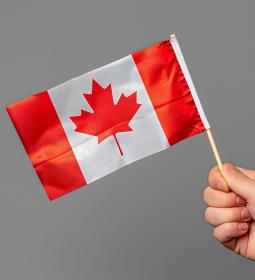Shopping points in Dubai Mall
Dubai Mall is the main shopping center of the capital of the emirate and the best point to visit a shop or visit an exhibition. It is a short drive from here to Burj Khalifa and Dubai Aquarium. Children can enjoy the ice arena, several cinemas and a play area.
Shopping here is endless, with concerts of contemporary musicians, fashion house demonstrations, and in between you can have a bite to eat with European or traditional fast food. The most important events include the annual Dubai Trade Festival (January-February) and the Summer Surprise Fest (July-August).

Emirates History Museum in Dubai

An excellent and hospitable museum of the history of the Emirates is located in the Al-Fahidi fort, built in the 80s of the 18th century to protect the Gulf of Dubai. The walls of the fortress were erected from the traditional building material - coral blocks on lime mortar. The gallery is supported from above by wooden counter-beams, and the roofs are earthen, with a base of palm leaves, finished with plaster.
For centuries, the fortress served as a prison, army garrison, government residence and stronghold of the ruling house. It went through two restorations - in 1971 and 1995, now it has the status of the main city museum.
At the gates is a unique exhibition of ancient maps of Dubai and other emirates, allowing you to see the tremendous progress made during the years of oil abundance. The courtyard allows you to view traditional sailing ships and a palm leaf house with a wind roof. The right suite contains weapons and armor, and the left suite contains a traditional musical instrument.
The basement floor houses a diorama and several rooms with samples that reveal aspects of local life, including pearl fishing and the nomadic lifestyle of the Bedouins, as well as artifacts recovered from the burials of Al-Qusais (average age is from 3 to 4 thousand years).
Al Fahidi Quarter (Old Dubai)
Until the 80s, Al-Fahidi was named Bastakiya. It was built at the end of the 19th century as a residence for wealthy merchant elders from Persia, who were mainly engaged in the export of pearls and textiles. They were attracted to Dubai by low taxes, duty-free trade and open access to the port.
A quarter was built in the southeast of Bur Dubai, along the bank of the stream. Many buildings of coral and lime blocks have survived here, many of which are crowned with wind towers. Wind Tower - prehistoric air conditioner; the wind, caught by the towers, is directed downward into the houses. Persian merchants apparently brought this element from their home country.
The narrow lanes are decorated with Arabian architecture and remind of the former grandeur and measured leisurely life in Dubai. In the center of the quarter, you can find the Mejlis Gallery with a collection of authentic Muslim ceramics and furniture, and the Al Serkal Cultural Foundation with retail outlets, a cafeteria and a rotating art exhibition housed in one of the old houses.
House of Sheikh Said Al-Maktoum

The Sheikh ruled the emirate from 1921 to 1958 and is the grandfather of the one who rules today. Its historic residence has been modernized and restored. Now it is a museum and at the same time - a wonderful example of the Arabian architectural tradition. Originally built in 1896 by the Sheikh's father to enjoy the navigation from the balcony, it was demolished and reproduced next to the original site with original carved teak doors, wooden lattice screens and plaster vents with floral, authentic national designs.
In cross section, it is a square: 32 rooms around a courtyard with exhaust wind towers on the roof. The house houses the expositions of the Dubai Museum: historical photographs and documents relating to the period from 1948 to 1958. In several rooms, a maritime exposition is exhibited: photos of fishermen and pearl divers, shipbuilders, drawings and plans. It also displays a large number of maps, plans, numismatic and bonistic material representing the dynamics of the development of Dubai. Nearby is the house of another sheikh - Ubayd bin Thani: its interiors are authentic old.
Jumeirah Mosque

It is widely considered to be the most scenic in Dubai. Exactly copied from the Al-Azhar Mosque in Cairo, only 8 times smaller in size. A fine example of Arab architecture from the Fatimid period.
The rectangular building is crowned with two minarets with the finest artful stone blockwork. The mosque is especially good in artificial light in the evening and at night. The center for cultural dialogue of Mohammed bin Rashid functions under it - here they teach the Arabic language, cookery, conduct lectures on history and daily (except Friday) morning excursions.
Deira bazaars

Deir Bazaar is located in the north of Dubai Creek, the stream that divides the city in two. Narrow lanes are Babylon for the people who consider Dubai their home. On the shore, in the shadow of respectable offices, luxury hotels and influential banking institutions, old sailing dhows stand under loading. But the main gem is the bazaar, which is open 24 hours a day, and there is no end to buyers both day and night. Some of the local markets are world famous.
Deir Gold Souk sells one in five gold jewelry in the world; it is the largest jewelry market in the world. And Deir Spice Souk smells so fragrant that it overrides the fish and oil stench from the port: incense, caraway seeds, paprika, saffron powder, sumac, thyme, rose water, incense, myrrh and other spices, spices from the tales of the Arab East are traded here.
Once here, be sure to visit two restored architectural masterpieces of Deira - the Al-Ahmediya school, built in 1912 and now serving as a museum of the public education system (the oldest school in the emirate was opened here) and the Heritage House (erected in 1891 for a wealthy Persian merchant, then bought by Sheikh Ahmed bin Dolmuk, a pearl merchant) is an amazing opportunity to immerse yourself in the interior of a traditional Arab family home.
Dubai Aquarium & History Museum

The aquarium in Dubai is loved by tourists from Europe and Asia: it is the main tourist decoy of the city, teeming with colorful fish from the Red Sea, the Persian Gulf and the northern part of the Indian Ocean, as well as all kinds of marine reptiles (more than 150 species). Visitors to a nearby shopping center can view it for free, but you will have to pay to go through the underground tunnels. Another popular activity is glass bottom boat sailing, snorkeling and swimming with sandy auls and hammer fish.
The Dubai Historical Museum is just a few steps away, exploring the role of the Emirates as a trading hub at the crossroads from Europe to Africa and Asia for millennia - before oil filled the veins of these parts. The museum is housed in the palace of Sheikh Shahir bin Maktoum el-Maktoum, a member of the royal family. The exhibition presents examples from different periods, reflecting the history of these places as an element of world trade.












